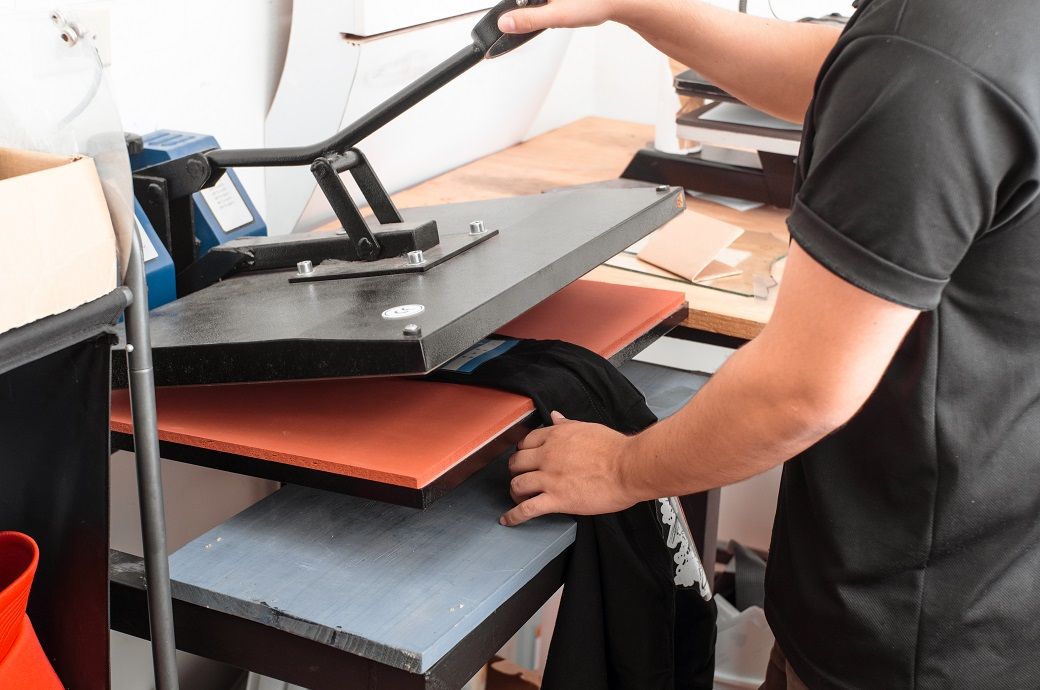
While PMI data had showed falling output and rising staffing levels in the second half of 2022, employment growth has supported higher volumes of business activity in each month of 2023 so far. As has been the case for nine months in a row, eurozone manufacturing firms registered lower productivity. PMI data showed improvements in growth of both employment and business activity at the end of the first quarter.
Goods producer recorded a solid fall in productivity that was nonetheless the slowest since May 2022. Still, the latest outcome took the current sequence of contraction to a year and a half. Employment rose moderately in March, while production increased at a fractional pace, as per S&P Global’s PMI data.
Nationally, Germany and France recorded solid, albeit softer, deteriorations in workforce efficiency. Currently, Italy posted the first increase in ten months.
March data highlighted the best trend for labour productivity in Italy since December 2021. The rate of expansion was moderate, but above its long-run average. Private sector companies took on extra staff at the fastest pace since May 2022, which helped push output growth to a 16-month high.
The aggregate results for Italy masked divergent trends at a sector level. Job creating picked up to a ten-month high, and business activity marked pace that was the joint-fastest since November 2021.
Italian goods producers registered an eleventh consecutive deterioration in workforce efficiency. That said the rate of contraction was marginal and the slowest over this period.
Germany posted an eleventh successive decline in productivity during March. Despite being solid the pace of reduction eased to the weakest since June 2022.
Softer declines in productivity were recorded in German manufacturing firms. The rate of reduction in manufacturing firms was solid but slowest since May 2022.
There was a ninth consecutive decline in French productivity during March. The rate of contraction was solid but the weakest since September.
Among all nations and sectors for which data are published, only, France’s manufacturing saw a worsening productivity trend. The downturn quickened to the fastest in nearly three years. While manufacturing jobs rose further in March, there was another solid reduction in production, according to S&P Global’s PMI data.
Quarterly trends in aggregate productivity improved across the three monitored nations and hence the eurozone. That said, growth was only noted in Italy. In the manufacturing industry, softer reductions in Germany and Italy differed from a sharper fall in France.
Fibre2Fashion News Desk (DP)